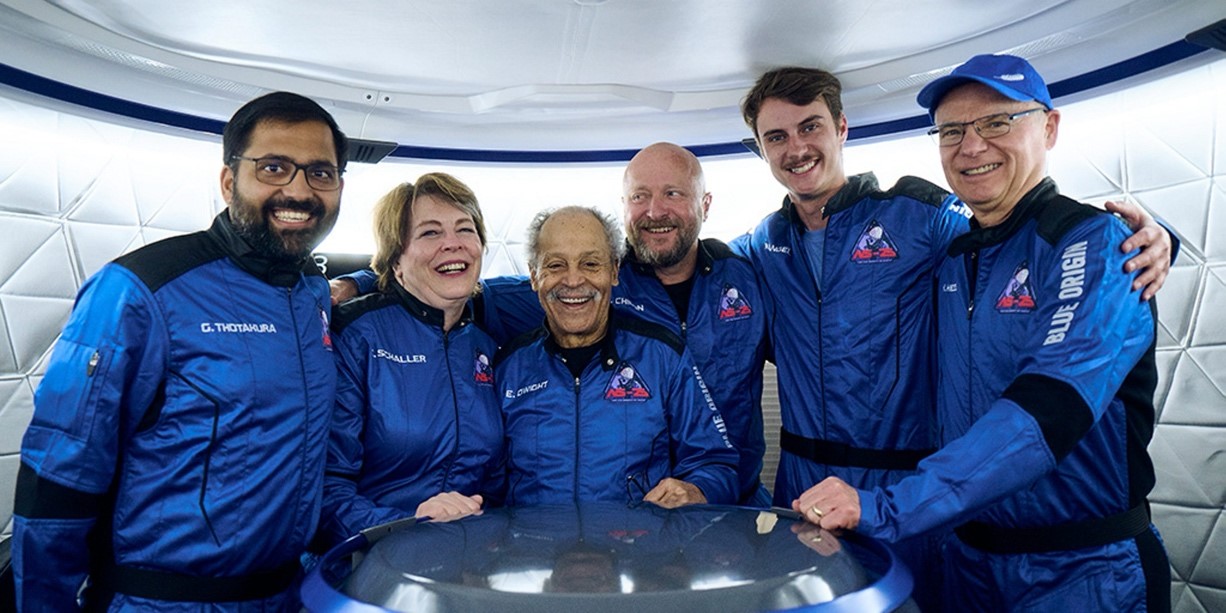Free Courses Sale ends Soon, Get It Now


Free Courses Sale ends Soon, Get It Now



Source: IndianExpress
Disclaimer: Copyright infringement not intended.
Context
Details
What Are Sub-Orbital Trips?
Thotakura's Journey
Longer Journeys for Space Tourists
Space Tourism Providers
Several private companies are offering space tourism opportunities, including:
Costs of Space Tourism
Sources:
|
PRACTICE QUESTION Q. Sub-orbital space flights have gained significant attention as a new frontier in space tourism. Discuss the technological, economic, and regulatory challenges associated with sub-orbital trips. Additionally, evaluate their potential impact on future space exploration and tourism. (250 Words) |
© 2024 iasgyan. All right reserved